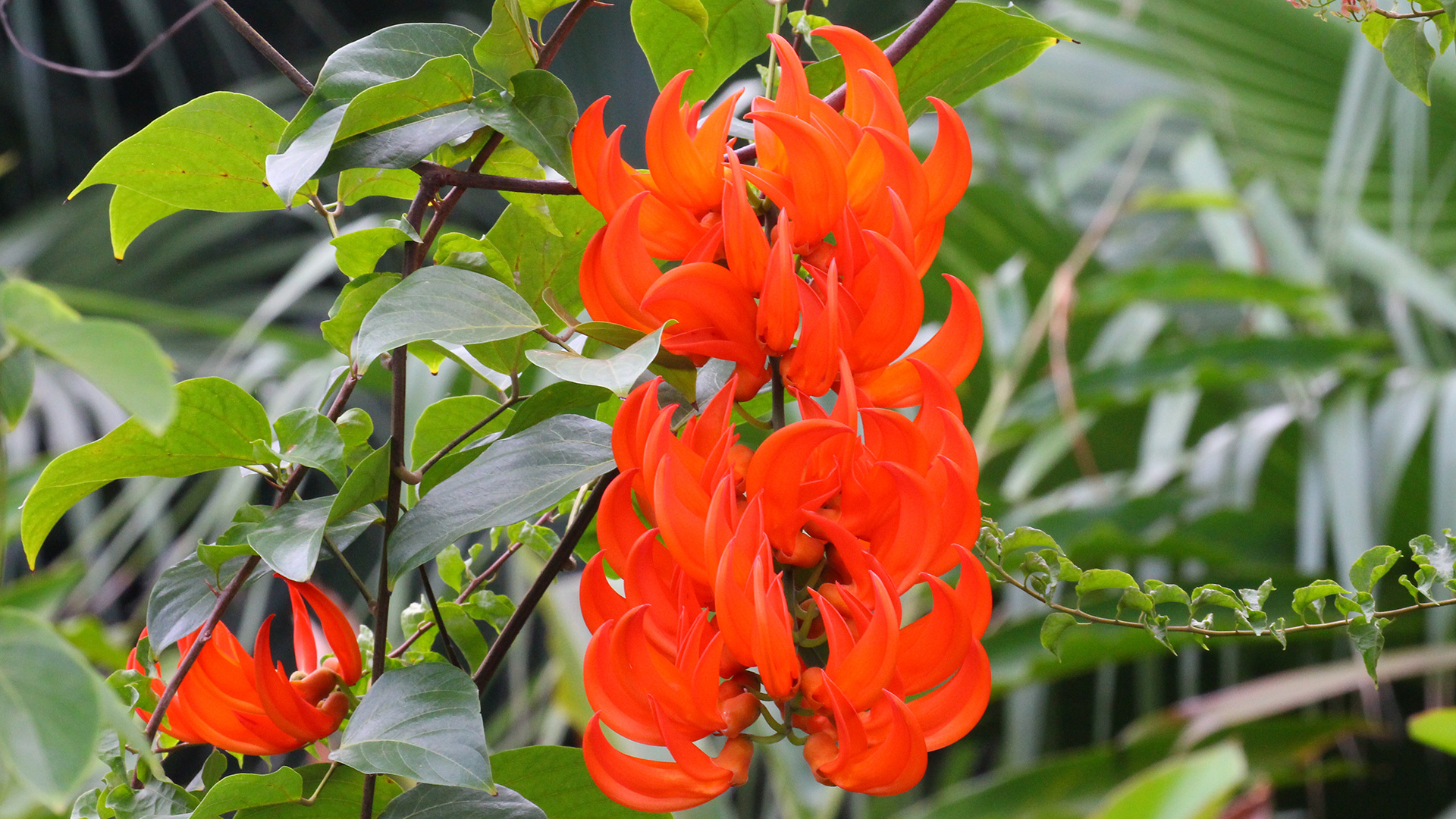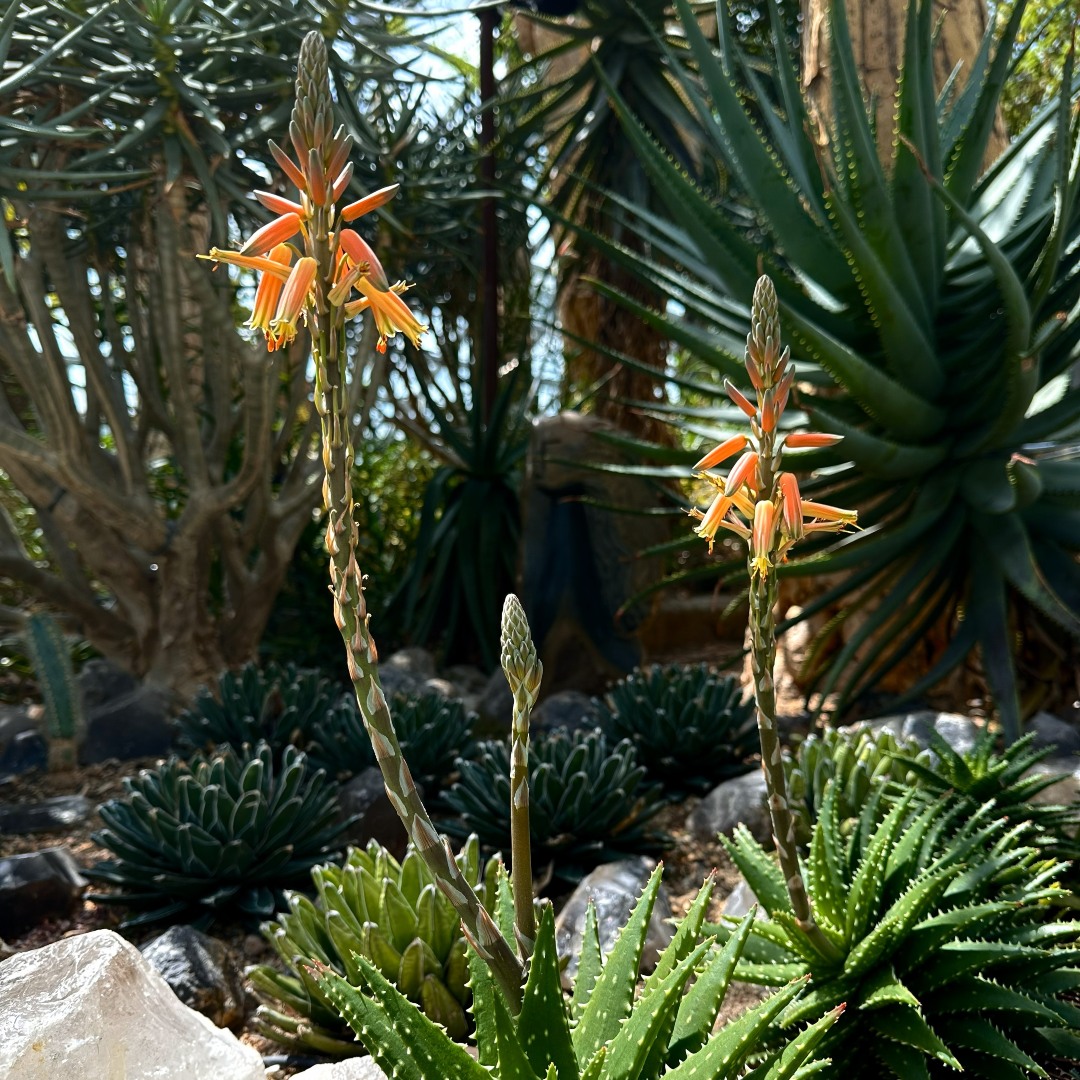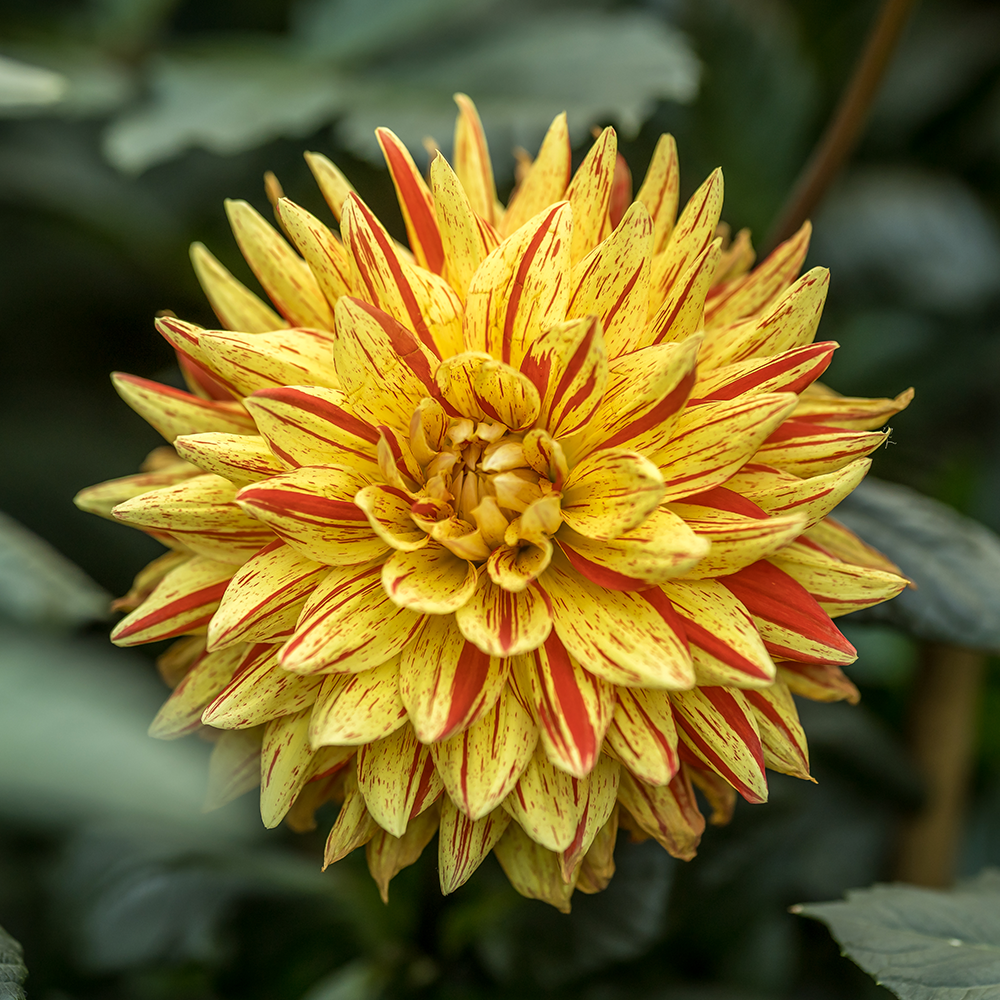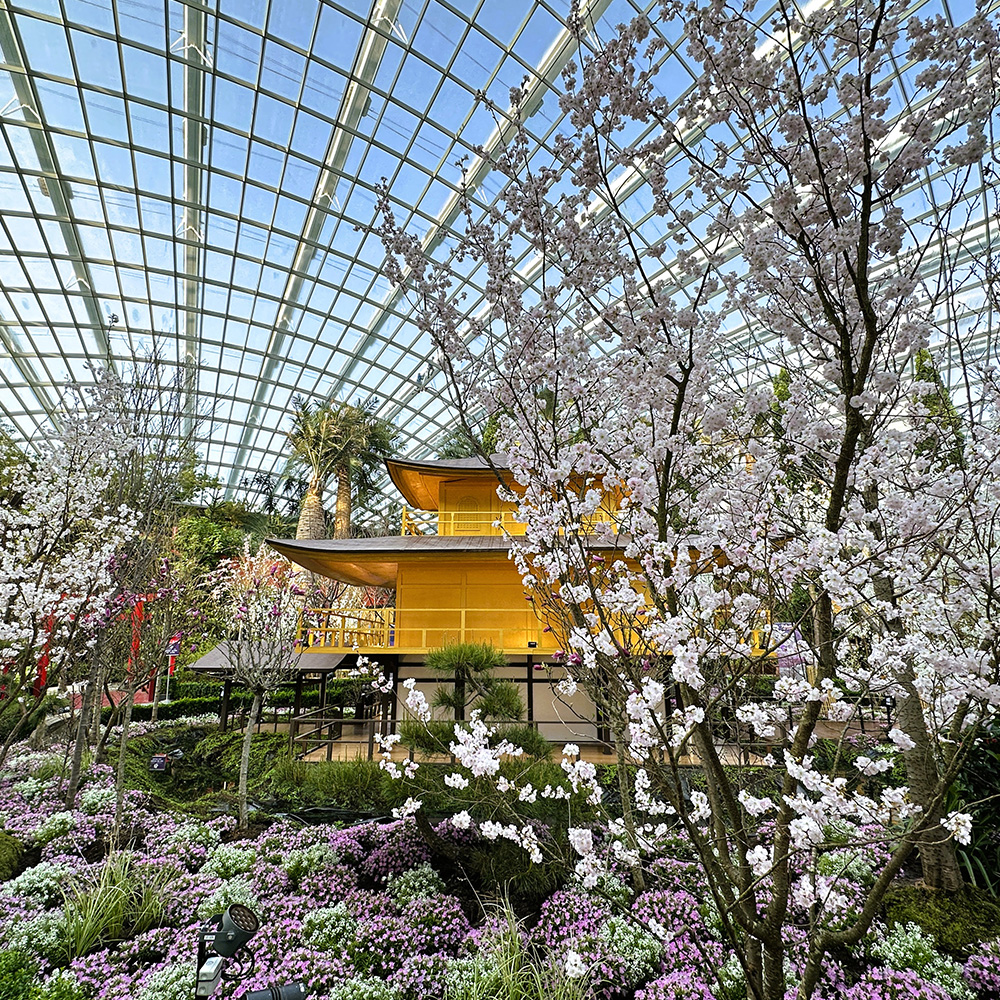Harry’s Mountain Orchid
(Oncidium harryanum)
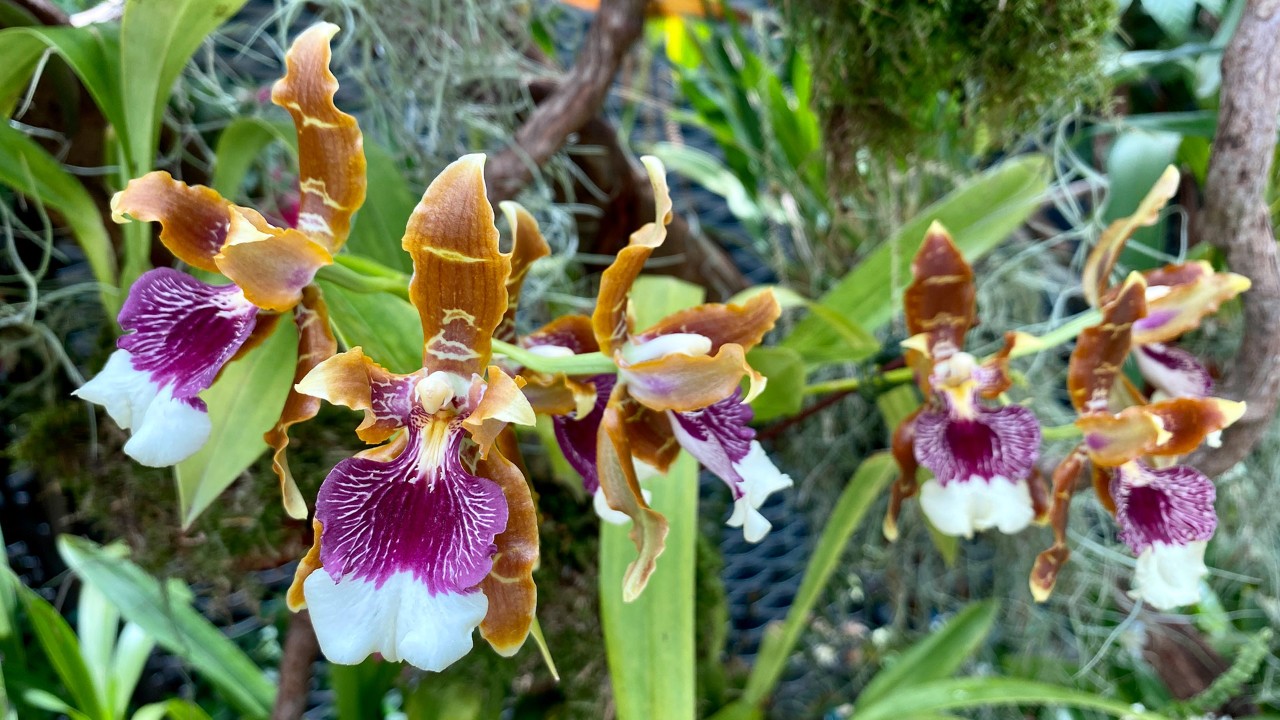 Distinctly colourful flowers of Oncidium harryanum.
Distinctly colourful flowers of Oncidium harryanum.
The native range of Harry’s mountain orchid (Oncidium harryanum) is from Colombia to Peru. One of the group of high-altitude Oncidium of the New World Tropics, these orchids only survive in year-round, cool temperatures and are mostly found in humid cloud forests of the Andean mountains. Oncidium of this group have striking, flamboyant sprays of flowers and used to be known as Odontoglossum. Although this species has since been reclassified into the genus Oncidium (dancing lady group), its growing requirements should not be confused with the traditional Oncidium which requires warm-growing conditions to flourish.
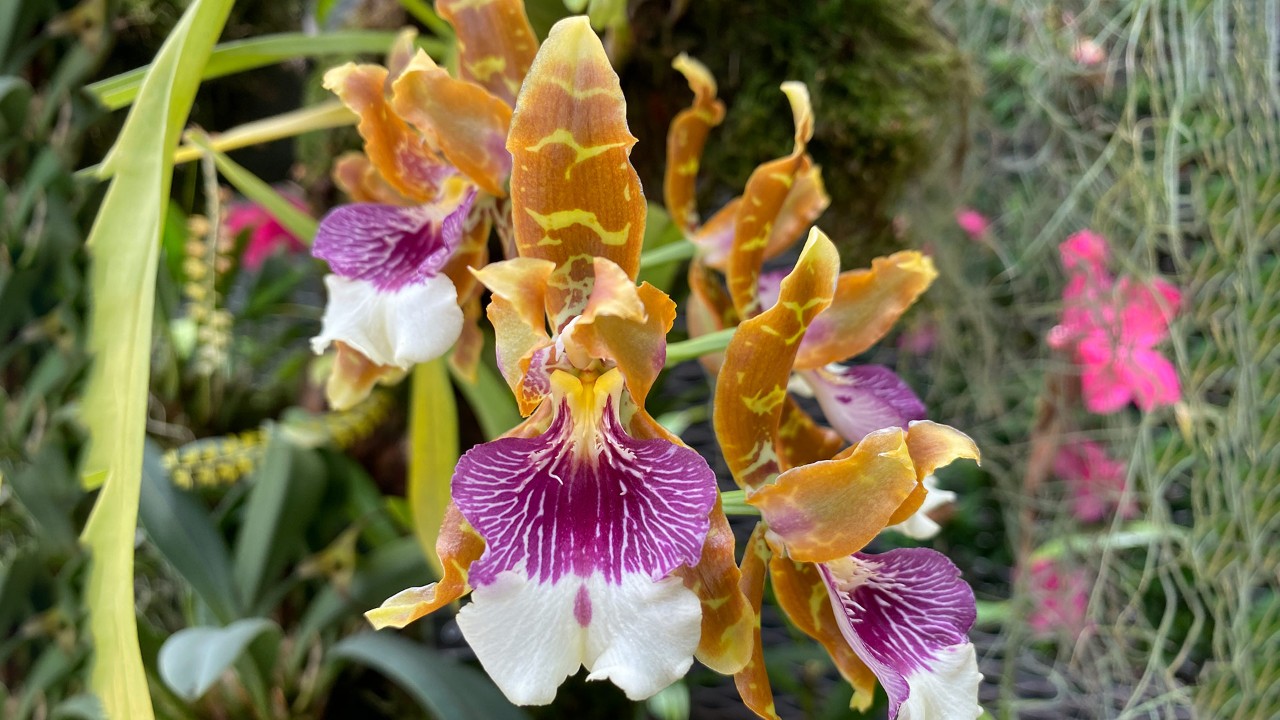 Flower close-up. Note the two petals at 3 o'clock and 9 o'clock point straight out and never fully open - a trait characteristic of this species!
Flower close-up. Note the two petals at 3 o'clock and 9 o'clock point straight out and never fully open - a trait characteristic of this species!
Flowers of Oncidium harryanum are large, each measuring about 7cm across. These fragrant, waxy, and long-lasting flowers often do not open completely, hence the sepals and petals may curve inwards and never fully unfurl. Their mix of colours are eye-catching and spectacular, as though they are painted by humans. The sepals and petals are light brown with few transverse bands in yellow green, their lips are huge and broadly marked with purple and white markings. It is likely that the flowers are bee-pollinated and involve deceitful attraction of the insects; however, the true identities of the native pollinators are still unknown.
This species is named in honour of Sir Harry Veitch (1840–1924), a horticulturist who sent collectors out for the firm of James Veitch & Sons. He is also the promoter of the Great International Horticultural Exhibition which eventually became the well-known Chelsea Flower Show.
Written by: Ziana Yacob, Senior Manager (Research and Horticulture)
Ziana's fascination with the many wonders of plants led her to study Horticulture. She has been involved in propagating and nurturing in-house plant collections, with a special focus on orchids. Keeping plants thriving is both a rewarding challenge and a continuous journey of learning for her!
